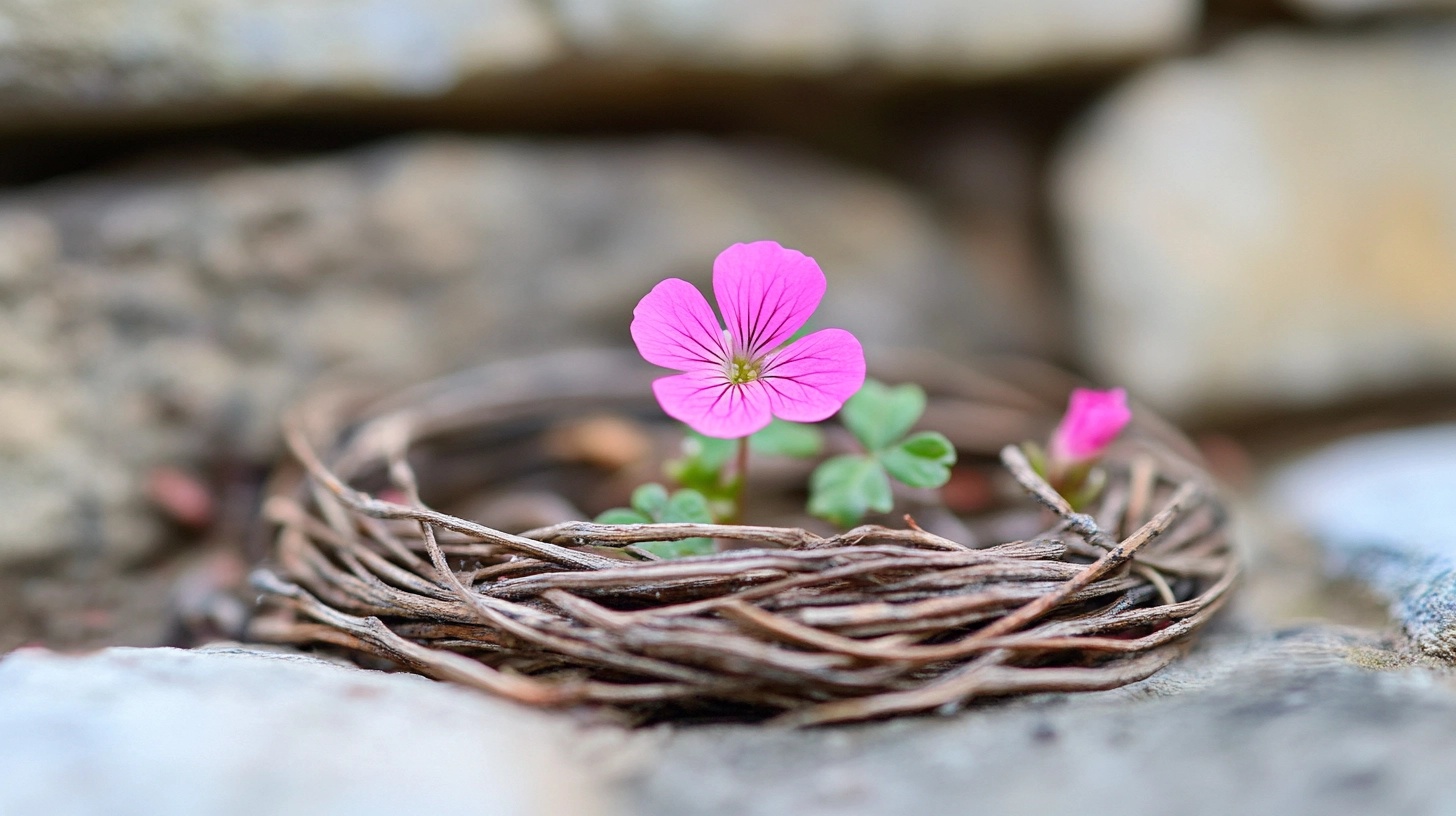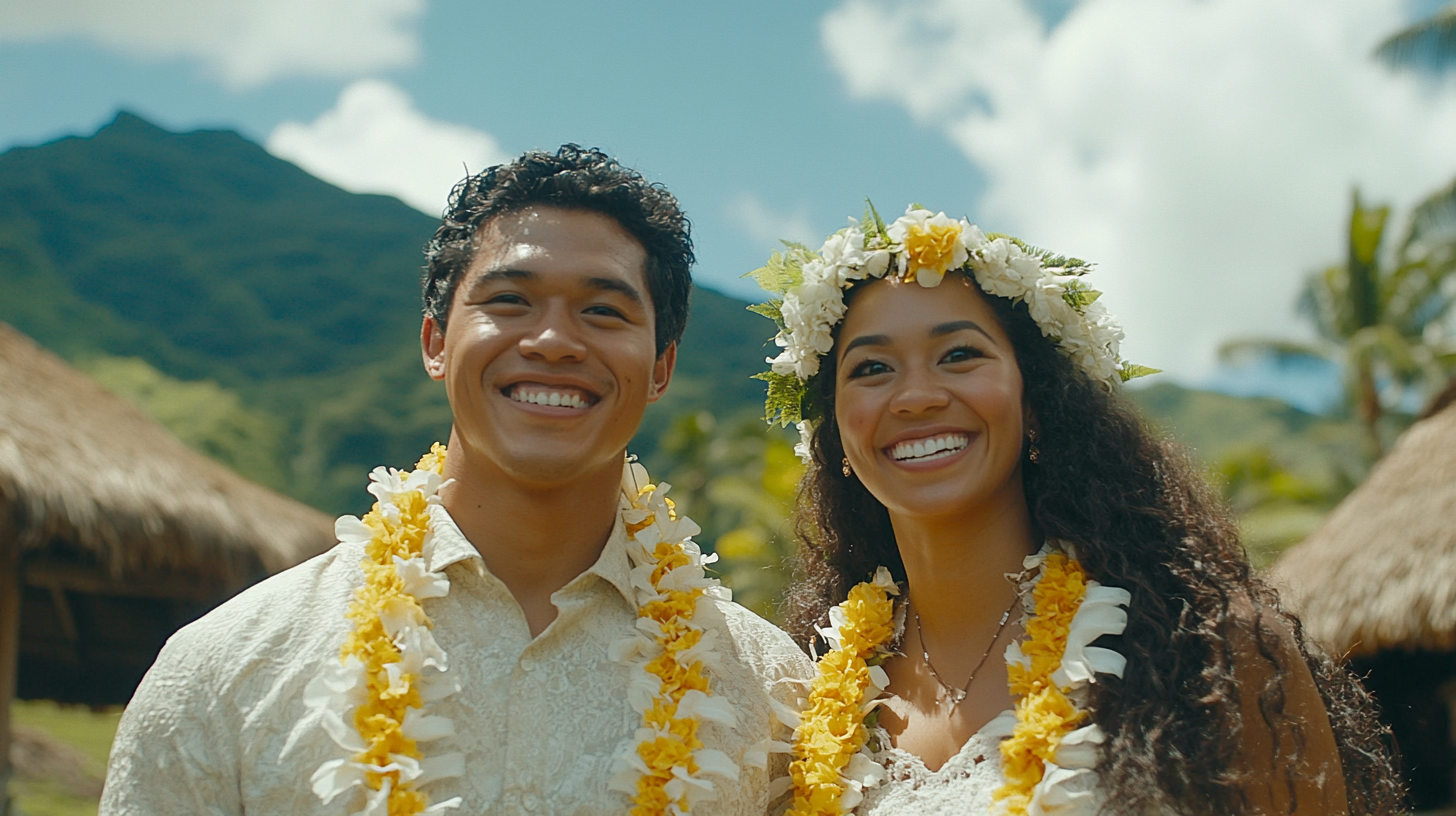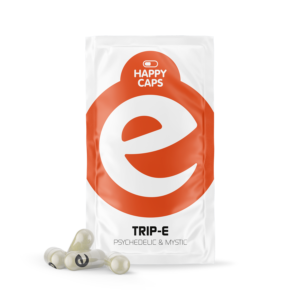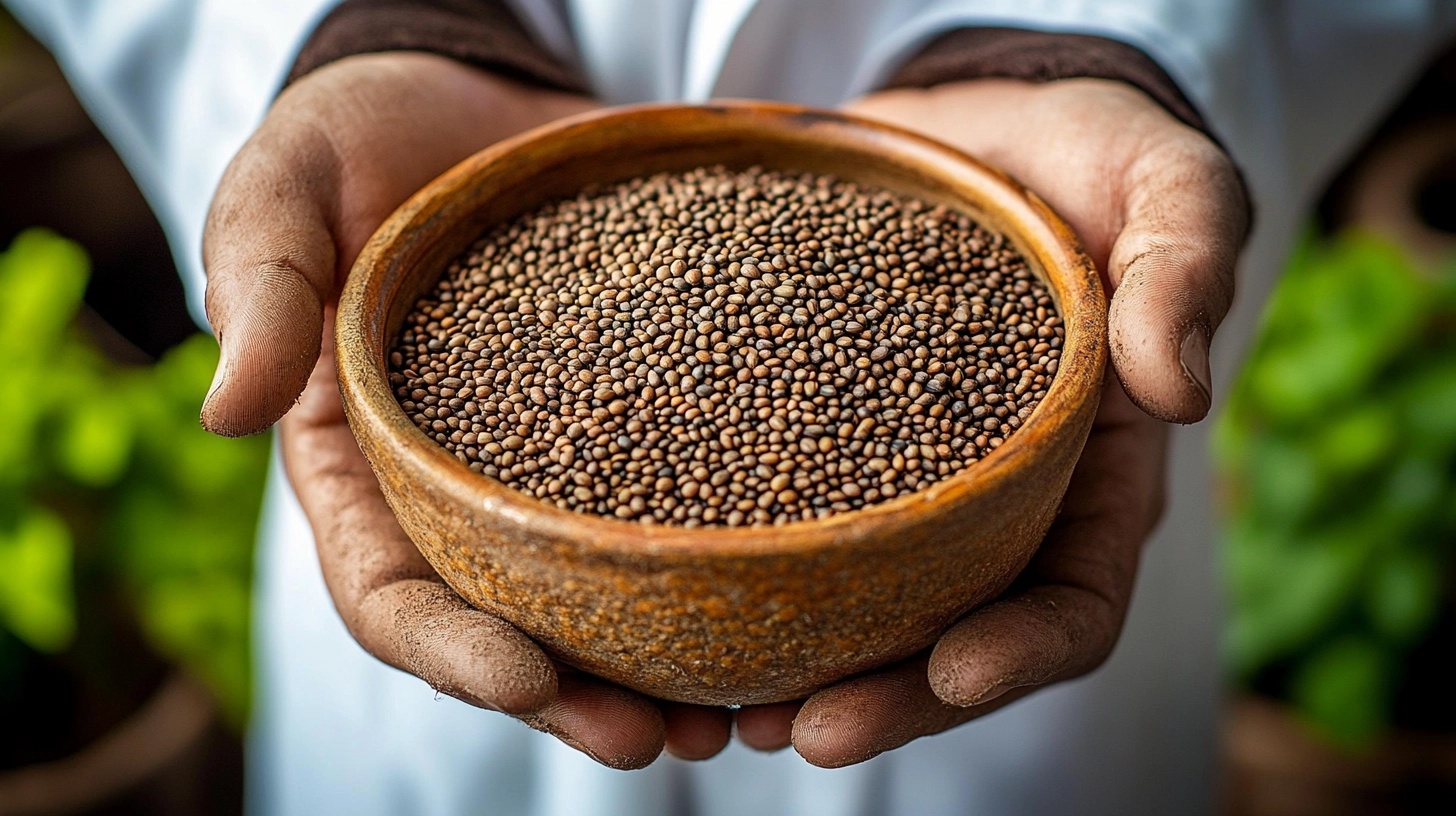Enter the world of Hawaiiaanse baby bosrank — a beautiful vine with mind-expanding seeds and a long history of ceremonial use. Known for its LSA content (a naturally occurring psychedelic), this plant isn’t about party trips — it’s about going inward. In this blog, we uncover 3 wild truths about Argyreia nervosa, and why it remains one of nature’s most mysterious and misunderstood plants.
Ik ben op zoek naar...
Shop
Caps
Sprays
Truffles
Service
Capsules
Kies een sfeer:
Ontdek meer:







